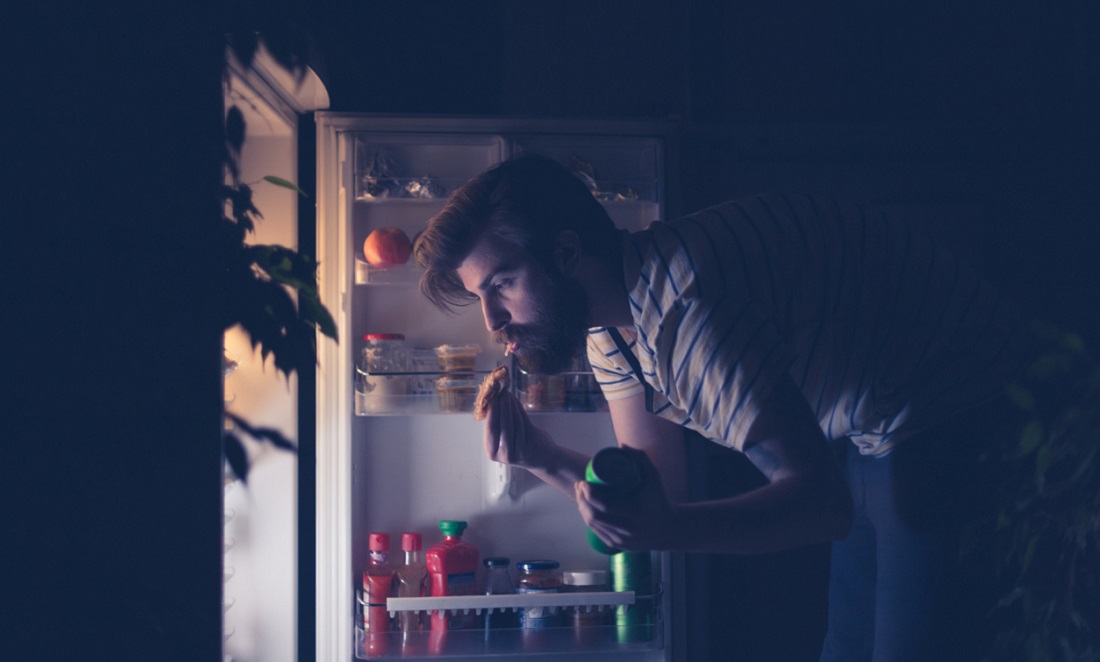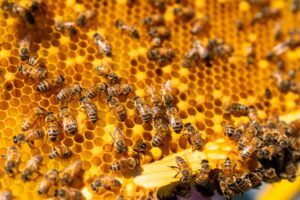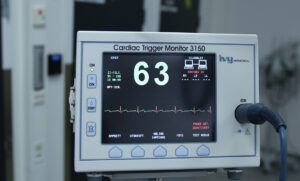If there is one thing new technology strives for, it is to be smart. I, for one, am comforted that my phone is smart. Even if you strip away the fancy apps and design, it’s capable of some pretty neat things.
So no one should be totally surprised that smart fridges are now a thing.
SMART … FRIDGES?
That’s right, Samsung is launching a new fridge that frankly leaves all other fridges in the dust. This ain’t your granddaddy’s old fridge. This fridge—the Family Hub 3.0—has the in-built capacity to choose meals based on what you have, provide recipes based on your nutritional needs and even talks to all the other gadgets in your house.
Pretty amazing. But let’s take a step back. While the ability for your fridge to talk to your Roomba is undoubtedly cool—and maybe slightly unnerving if you are worried about your appliances revolting against you—there was a time when fridges formed a more simple function, one that we take for granted: keeping food fresh. Those of us in warmer climes especially tend to take this for granted. Have any of us ever wondered what a struggle it would have been to find fresh food in, say, the West Aussie gold rush?
Let’s dial it back a little to a time when the idea of a smart fridge would have been some far-out science fiction.
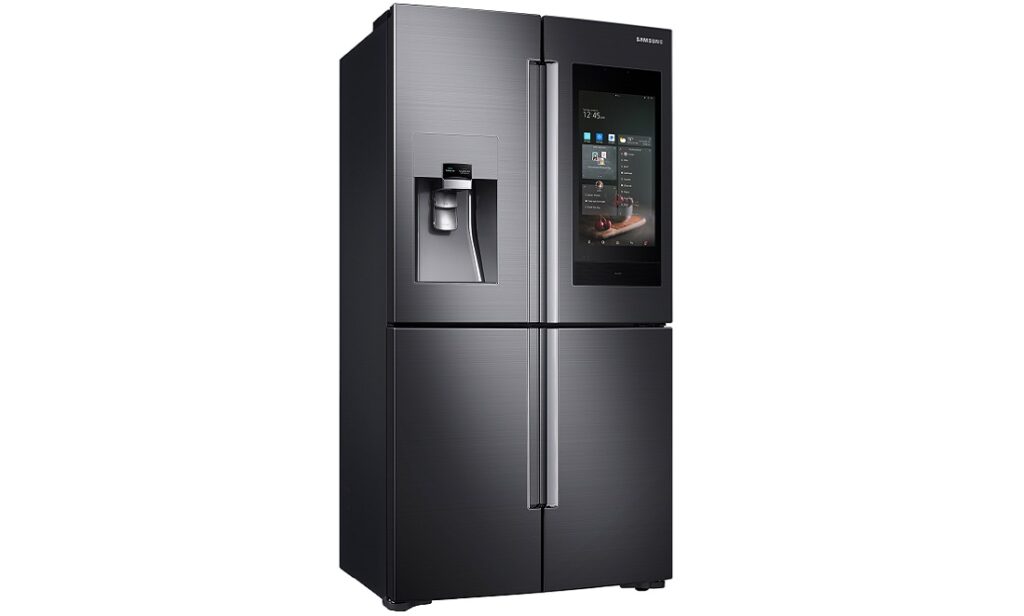
The Family Hub 3.0 plans meals based on the items in your fridge and has an inbuilt camera so you can see what's in your fridge at all times.
FRONTIER FRIDGES
Picture this. You’re in Coolgardie in the late 19th century. It’s hot and dry (obviously). You’ve been out mining gold all day, and all you want is some fresh food or just something cold. But you’re 180km from the nearest town, and you can’t exactly pop out to a 7-Eleven for a Sprite.
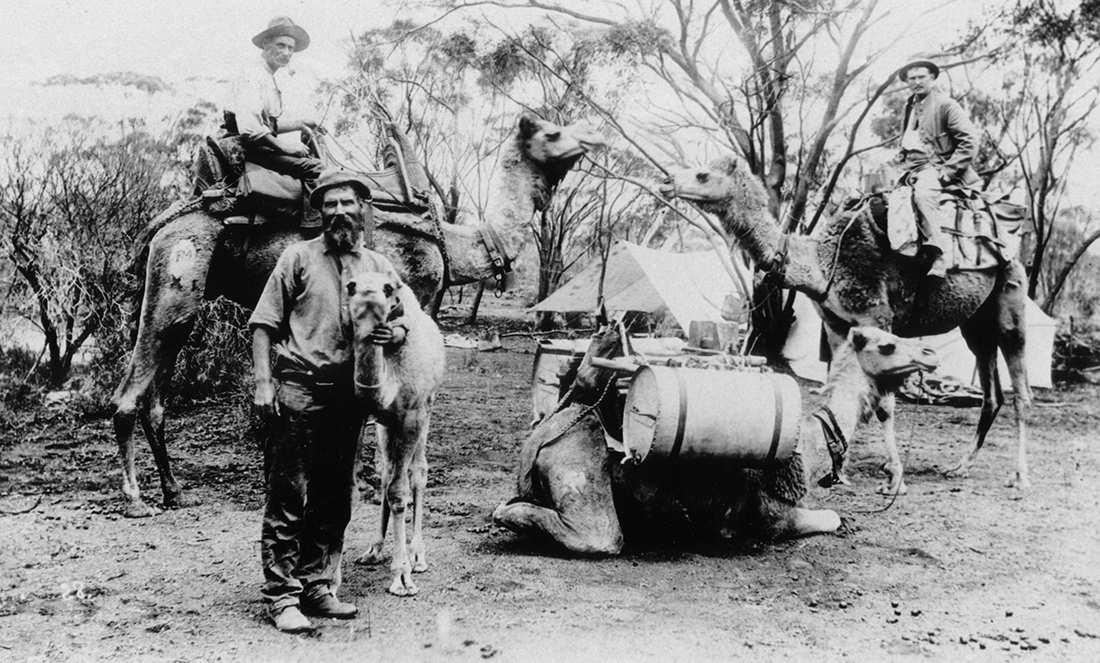
Luckily, you live in the same town as a clever chap called Arthur Patrick McCormick. Arthur, like all clever chaps, knew that many complicated problems could be solved with some basic scientific principles. The Coolgardie safe was his genius solution to the gold field’s fresh food problem.
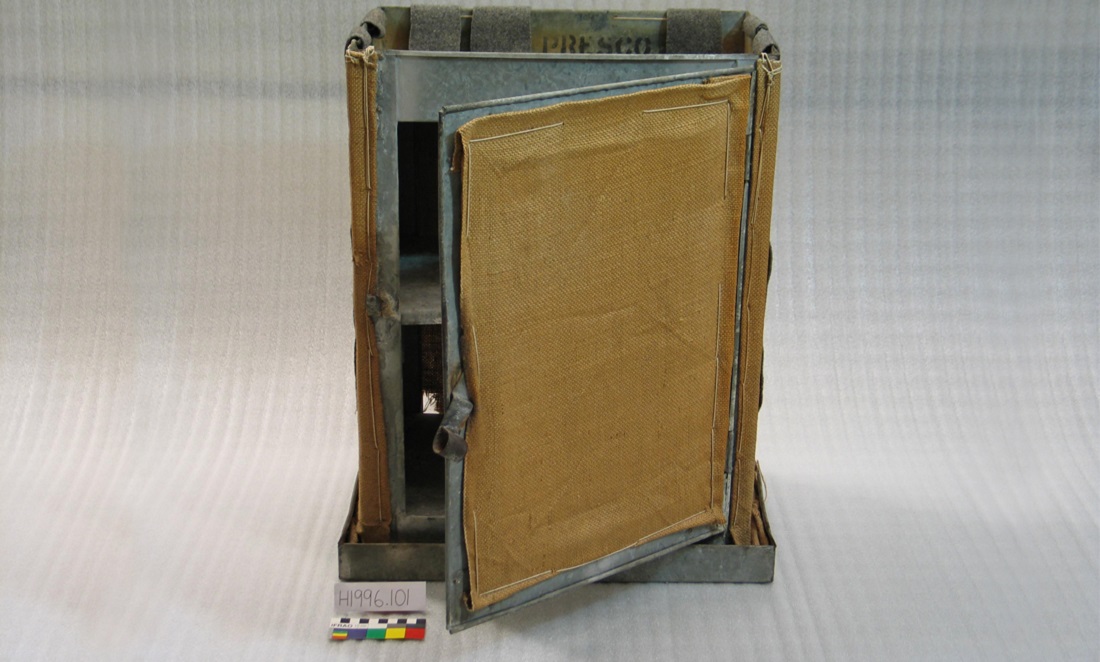
This unassuming box, which transformed the way remote communities kept food, works on the simple principal of evaporation. For a liquid to change into a gas (evaporate), it needs to draw energy from its surroundings. This is the same reason you sweat: the liquid on your skin draws heat from your body to evaporate, which helps to cool you.
That’s all there is to this nifty invention. Arthur literally made a box for his provisions, which he then covered with a wet hessian bag. The box had a tray on top into which he poured water. The water dripped down to the hessian bag via strips of flannel.
The final step was to put the box in front of a draught. Voila! Because the hessian sack was always wet and in the way of a gentle breeze, the contents of the box were kept cool by the process of evaporation.
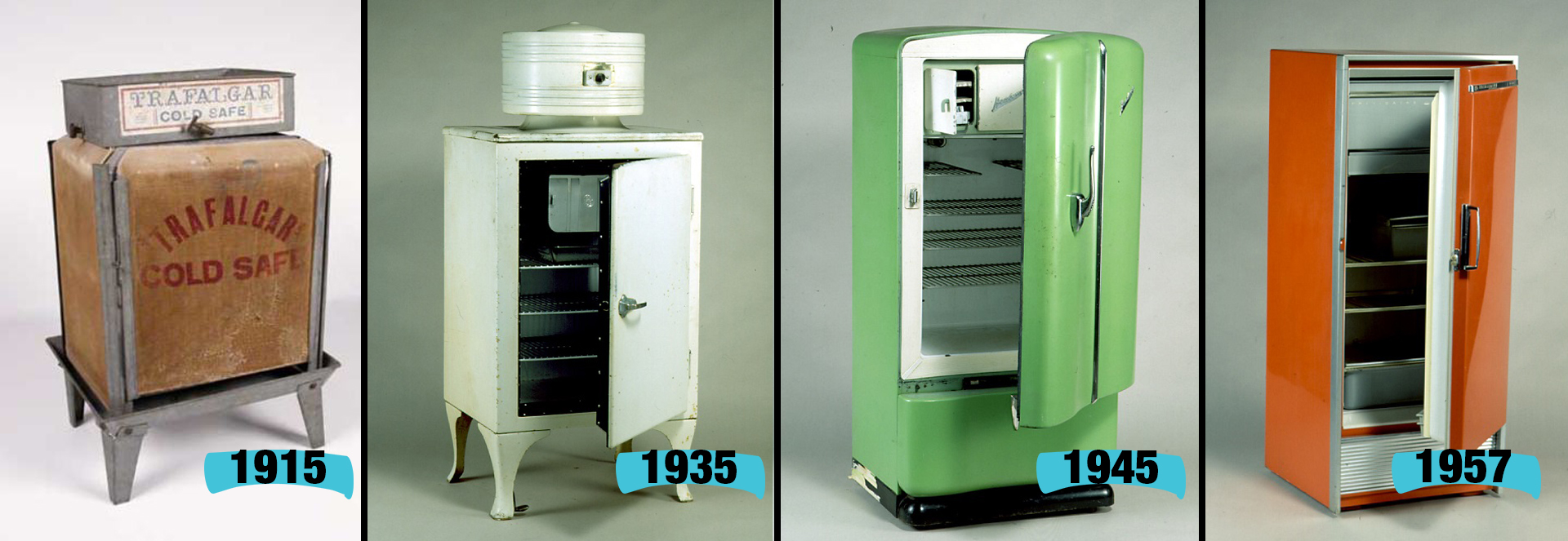
HOORAY FOR SCIENCE!
While the design was rebuilt by many across the gold fields using easy-to-find materials, it was also produced commercially and sold across the entire country as a reliable and cost-effective way to keep produce cool.
So the next time you see a brand-new, whizz-bang smart fridge, give some credit to Arthur Patrick McCormick of Coolgardie.
Fashioning a device to keep stuff cool while literally in the middle of the desert? Not to take away from Samsung’s cool announcement, but that’s what I call a really smart fridge.



